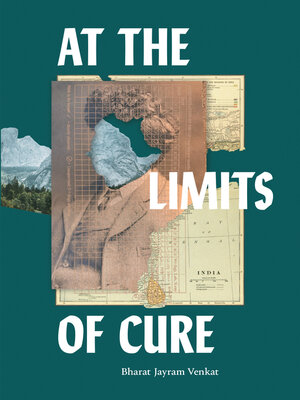At the Limits of Cure
ebook ∣ Critical Global Health: Evidence, Efficacy, Ethnography
By Bharat Jayram Venkat

Sign up to save your library
With an OverDrive account, you can save your favorite libraries for at-a-glance information about availability. Find out more about OverDrive accounts.
Find this title in Libby, the library reading app by OverDrive.



Search for a digital library with this title
Title found at these libraries:
| Library Name | Distance |
|---|---|
| Loading... |
Can a history of cure be more than a history of how disease comes to an end? In 1950s Madras, an international team of researchers demonstrated that antibiotics were effective in treating tuberculosis. But just half a century later, reports out of Mumbai stoked fears about the spread of totally drug-resistant strains of the disease. Had the curable become incurable? Through an anthropological history of tuberculosis treatment in India, Bharat Jayram Venkat examines what it means to be cured, and what it means for a cure to come undone. At the Limits of Cure tells a story that stretches from the colonial period—a time of sanatoria, travel cures, and gold therapy—into a postcolonial present marked by antibiotic miracles and their failures. Venkat juxtaposes the unraveling of cure across a variety of sites: in idyllic hill stations and crowded prisons, aboard ships and on the battlefield, and through research trials and clinical encounters. If cure is frequently taken as an ending (of illness, treatment, and suffering more generally), Venkat provides a foundation for imagining cure otherwise in a world of fading antibiotic efficacy.







